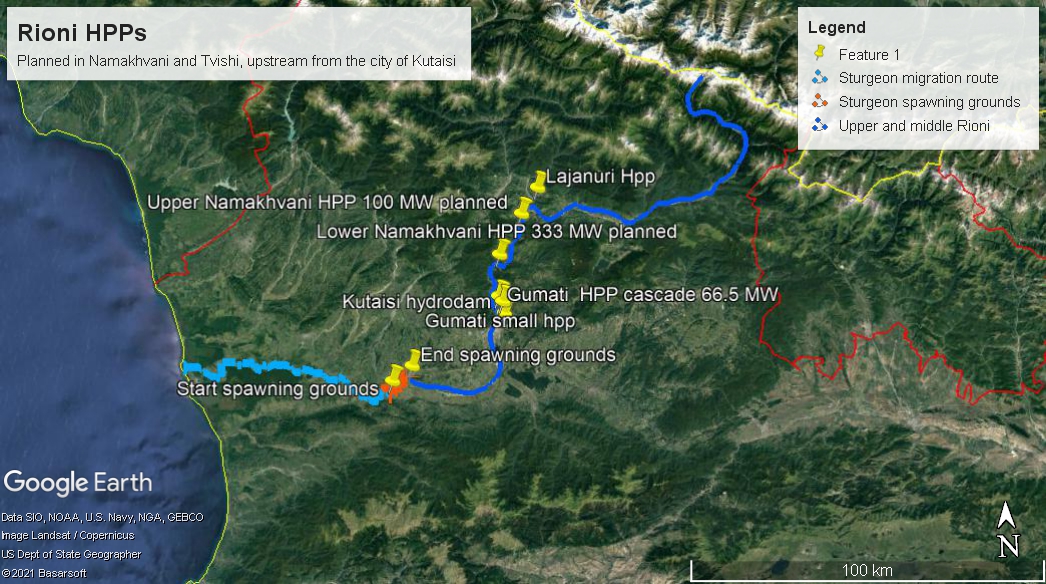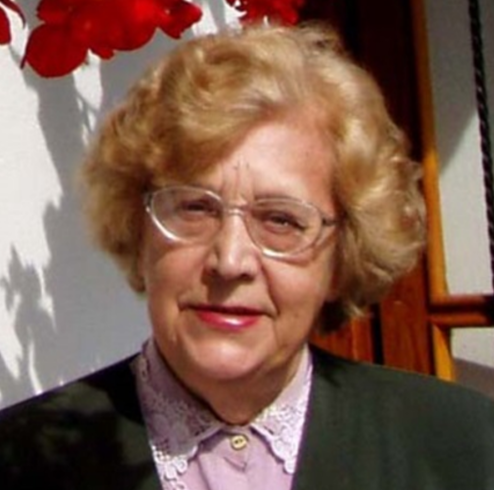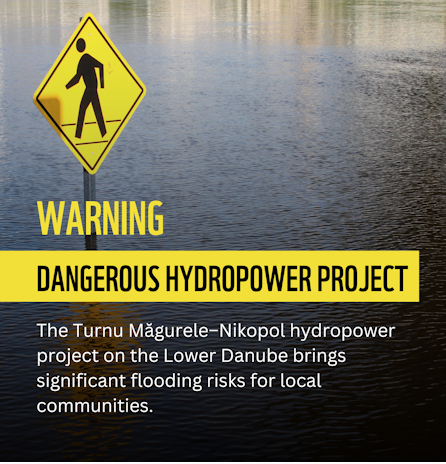WSCS raises concerns on the Georgian Namakhvani Hydropower Project
On the River Rioni, Georgia, one of the last rivers in the Back and Azov Sea Basin which still have self-sustaining /naturally reproducing sturgeon populations, a large hydropower project is planned by international investors and the Georgian government. The plans include a division of the upstream reaches of a confluence to Rioni River – which is considered sturgeon spawning river in itself – and its inclusion in the hydropower project in the upper Rioni River. This project has the potential to further increase the threat on the endemic sturgeon populations. Mitigation measures have not been yet defined and, based upon the details revealed, the influence of any governmental agencies to effectively prevent major impacts from the construction seems minimal.
The Rioni River houses the last documented population of A. nudiventris in the Black Sea as well as A. colchicus, an endemic subspecies of A. güldenstädtii . The river and its fish populations are subjected to massive stress already due to a hydropower facility built in the 1970s in the middle of the spawning sites of the former 5 sturgeon species that were native to the region. NGOs in Georgia fight for the remaining sturgeon populations for years. The Georgian office of Flora, Fauna International has initiated the involvement of WSCS in the process.
By June 10th WSCS has addressed the relevant Ministries (text attached) to raise the concerns on the current development and request a clarification if mitigation and stakeholder involvement are implemented to a degree that would be appropriate for an EU accession country.





